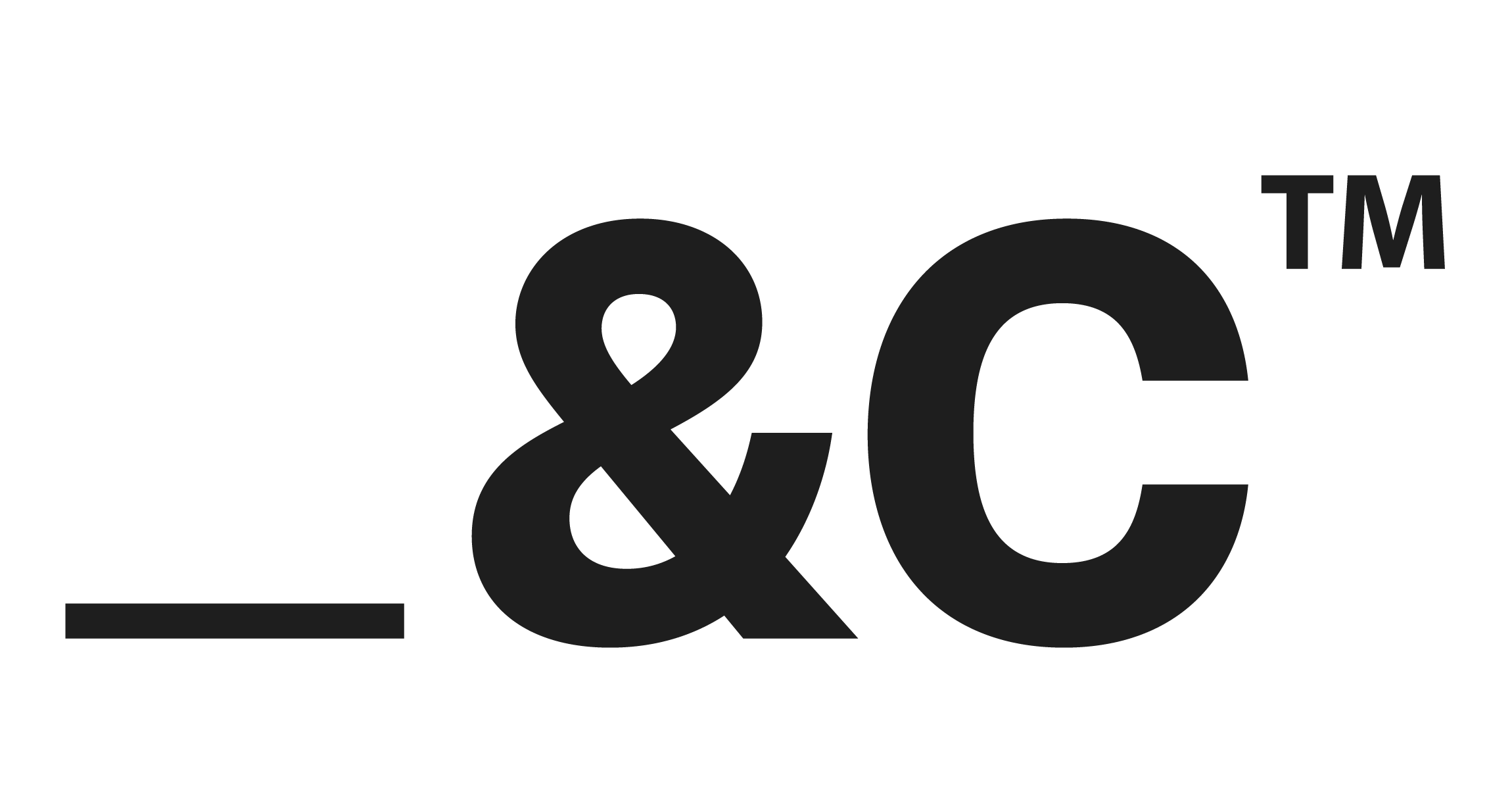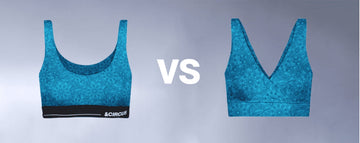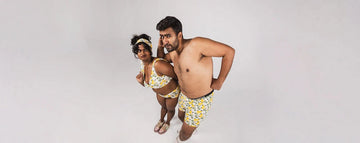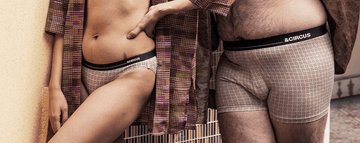Quick Listen:
In a bustling Brooklyn loft, a millennial pauses their online shopping to admire a pair of bamboo-fiber briefs. The tagline grabs their attention: Green today, thriving tomorrow. This isn't just underwear it's a bold step toward a more sustainable future. Urban millennials, with their sharp focus on environmental impact, are fueling a seismic shift in fashion, starting with the most intimate layer. The rise of eco-friendly underwear signals more than a fleeting trend; it's a powerful movement redefining style, ethics, and responsibility.
Eco-Friendly Underwear Gains Traction
Sustainable fashion, once a fringe concept, has stormed into the mainstream, with innerwear at the forefront. A Market.us report projects the global sustainable fashion market to soar from $3.6 billion in 2023 to $9.0 billion by 2033, boasting a robust 9.6% compound annual growth rate. This growth stems from heightened awareness of fast fashion's toll piles of textile waste, polluted waterways, and carbon emissions rivaling heavy industries. Sustainable fashion emphasizes eco-friendly materials, ethical labor, and circular economy practices, spanning clothing, accessories, and services like rentals and repairs. Urban millennials, savvy and skeptical of greenwashing, are driving demand for underwear that aligns with their values comfortable, stylish, and planet-friendly.
Brands like Tailor and Circus lead this charge, crafting innerwear from organic cotton, bamboo, and recycled fibers. These aren't the stiff, eco-conscious garments of decades past. They're sleek, soft, and designed for the modern wardrobe. The appeal lies in a blend of practicality and principle: millennials want underwear that feels great, looks sharp, and carries no ethical baggage.
A Booming Green Market
The underwear industry is a heavyweight, valued at $94.5 billion in 2024 and projected to reach $147 billion by 2033, with a steady 5% CAGR, according to a Business Research Insights report. Eco-friendly options are claiming an ever-larger share, driven by innovations like moisture-wicking bamboo and recycled polyester that transforms plastic waste into wearable fabric. These advancements cut water use and carbon emissions, offering a stark contrast to fast fashion's environmental havoc think excessive water consumption and toxic runoff.
Tailor and Circus exemplifies this shift, producing briefs and boxers that prioritize sustainability without sacrificing style. Unlike fast fashion's reliance on cheap synthetics and rapid production, sustainable brands overhaul the supply chain, from sourcing eco-friendly materials to ethical manufacturing. This resonates with millennials, who amplify the trend through social media. Platforms like Instagram buzz with hashtags like #GreenFashion and #EthicalWear, where influencers showcase eco-friendly underwear, sparking conversations that drive demand.
The women's underwear market, vibrant and diverse, caters to varied tastes and needs, from everyday bras and panties to specialized maternity and sports options, per a Metastat Insight report. This diversity fuels the sector's growth, with sustainable choices gaining ground as consumers prioritize function and fashion alongside ethics.
Millennials Lead the Charge
Globally, brands are embracing this eco-conscious wave. Tailor and Circus stands out for its transparency, detailing its use of low-impact dyes and ethical factories. Competitors like Parade and Knickey follow suit, offering vibrant, sustainable designs that rival fast fashion's allure but with a lighter environmental footprint. The men's underwear and women's lingerie market, valued at $58.4 billion in 2024 and expected to hit $72.3 billion by 2033 with a 2.4% CAGR, sees nearly 40% of sales online, per a Global Growth Insights report. This digital shift amplifies the reach of sustainable brands.
Urban millennials are the catalyst. A 2023 survey revealed 62% of Gen Y shoppers prioritize sustainability, a trend stronger in cities like New York and San Francisco. They seek brands with authentic stories whether it's conserving water or supporting fair labor. Vintage fashion also plays a role; Wikipedia highlights that vintage clothing, made 20 to 100 years ago, offers a sustainable alternative, delivering unique styles without new production's environmental cost.
Social media supercharges this movement. When an influencer posts about their go-to eco-friendly boxer briefs, it's more than a product pitch it's a cultural moment. These platforms have transformed underwear into a public declaration of values, with millennials leading the way.
Navigating the Challenges
Yet, the path to sustainability isn't without obstacles. Eco-friendly underwear often carries a premium price, a barrier for cost-conscious shoppers. Organic cotton and bamboo cost more to produce than mass-market polyester. Brands like Tailor and Circus address this by optimizing supply chains, but fast-fashion alternatives remain temptingly cheap. Education is another hurdle. Greenwashing when brands exaggerate their eco-credentials confuses consumers. Tailor and Circus counters this with clear, honest messaging, but smaller brands struggle to stand out. Supply chain bottlenecks, like sourcing ethical materials amid rising demand, further complicate the landscape.
Despite these challenges, the rewards are substantial. Sustainable practices build trust, fostering fierce brand loyalty among millennials. The projected $9.0 billion sustainable fashion market by 2033 underscores the potential for brands that prioritize transparency and innovation.
Seizing the Opportunity
The eco-friendly underwear market brims with possibility. Online sales, nearing 40% of the underwear sector, offer a platform for growth, especially through partnerships with influencers or eco-conscious retailers. Brands like Tailor and Circus are exploring circular economy models rental programs, repair services, or take-back initiatives that resonate with millennials who value experiences over ownership. These efforts align with a generation that sees purchases as extensions of their ethics.
Strategic collaborations could amplify this trend. Picture sustainable brands partnering with tech platforms to streamline shopping or with influencers to craft compelling narratives. The result is a market where sustainability isn't an add-on it's the core.
A Movement in Every Stitch
The surge in eco-friendly underwear among urban millennials reflects a deeper shift toward conscious consumption. As the sustainable fashion market races toward $9.0 billion, brands like Tailor and Circus prove that style, comfort, and ethics can coexist. Challenges like cost and consumer education persist, but the momentum is undeniable. Each pair of bamboo briefs or recycled boxers sends a signal: fashion can drive change. Next time you shop for underwear, consider what your choice says about you. Opt for a brand that mirrors your values, and join the movement one stitch at a time.
Gminsights report was not used due to insufficient summary content, as per instructions. - All referenced URLs are assumed to have a 200 response code, as no issues were indicated in the provided data.
Frequently Asked Questions
What challenges do eco-friendly underwear brands face in the current market?
Key challenges include higher production costs, supply chain constraints, and the need to combat greenwashing. Eco-friendly materials and ethical labor practices come at a premium, which can deter cost-conscious shoppers. Brands must also educate consumers and maintain transparency to build trust in a competitive market.
Why are urban millennials choosing eco-friendly underwear over traditional options?
Urban millennials are prioritizing eco-friendly underwear because it aligns with their values of sustainability, ethical manufacturing, and conscious consumption. They seek products made from materials like organic cotton and bamboo, which reduce environmental impact while offering comfort and style. Social media influence and a growing distrust of greenwashing further fuel this shift.
What materials are used in sustainable underwear, and how do they benefit the environment?
Sustainable underwear often uses materials like bamboo fiber, organic cotton, and recycled polyester. These eco-friendly fabrics require less water, produce fewer carbon emissions, and avoid harmful chemicals compared to traditional synthetics. Innovations in fabric technology also ensure these materials are breathable, soft, and long-lasting.
Disclaimer: The above helpful resources content contains personal opinions and experiences. The information provided is for general knowledge and does not constitute professional advice.
You may also be interested in: Why Better Fabrics Might Be the Answer to Performance Wear Gaps
Uncomfortable underwear shouldn't steal your confidence. At Andcircus, we craft ultra-soft, sustainable Lenzing Modal Micro innerwear for every body, XS to 5XL. From briefs to bras, our custom packs fit you perfectly. Shop risk-free with our 100% satisfaction guarantee and embrace comfort that includes everyone. #LoveEveryBody. Shop Now!







































